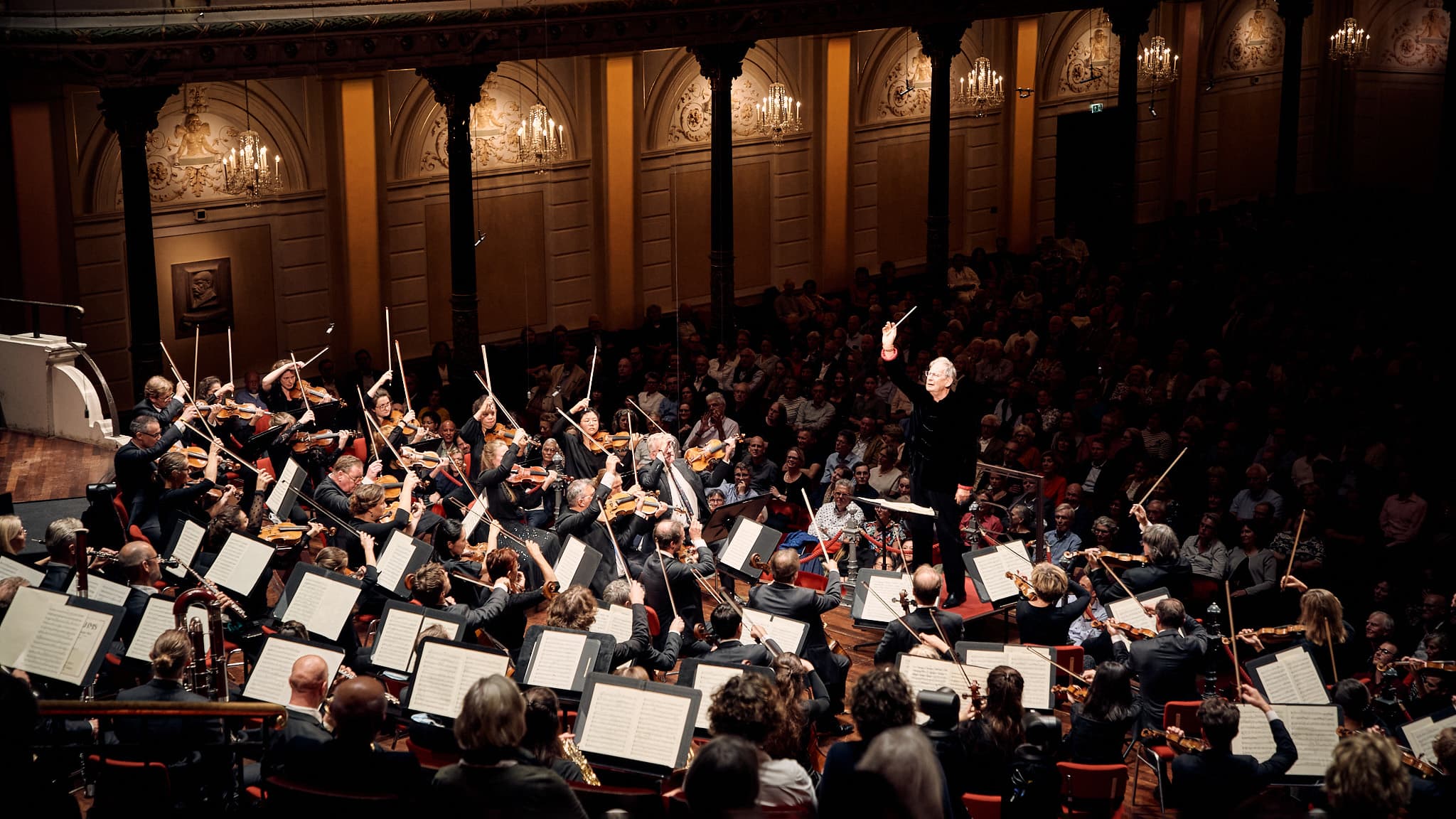Album insights
Thomas Tallis (ca. 1505-1585) lived and worked under four diverse and challenging monarchs, each imposing their own religious beliefs on a divided country. Their differing religious views led to the need for various liturgies and musical contributions. Tallis excelled in composing outstanding works across these varied styles, showcasing his talent, patience, and diplomatic skills.
While Tallis's exact birthdate remains unknown, his profound understanding of pre-Reformation styles suggests he must have been born around 1505. His compositions evolved significantly under different monarchs, adapting to changing musical trends during a tumultuous period in England's history.
Tallis's masterpiece, Suscipe quaeso Domine, from the Cantiones sacrae of 1575, reflects a deeply intimate connection with the text. His meticulous use of harmonies and rhetorical elements enhances the emotional depth of the piece, showcasing his compositional skill and musical sensitivity.
Gaude gloriosa, Tallis's monumental Votiv-Antiphon, presents a blend of characteristics from pre-Reformation styles, reflecting his maturity and artistic growth. This work, with its intricate structures and rich textures, stands as a testament to Tallis's evolving compositional prowess.
The Cantiones sacrae, jointly published by Tallis and William Byrd, received a mixed response commercially but is now recognized as a significant collection of motets. Tallis's engagement with the Chapel Royal remained steadfast throughout his life, highlighting his dedication as a composer, teacher, and musician.
Tallis's innovative compositions like Ave, rosa sine spinis and Ave, Dei patris filia showcase his progression as a composer, refining his harmonic language and melodic intricacies. These early works laid the foundation for his later masterpieces, demonstrating his sophisticated compositional techniques and artistic growth.
O nata lux, a motet based on a laudes hymn for the Feast of Transfiguration, exemplifies Tallis's mastery of homophonic textures and harmonic elegance. This piece, along with his English anthems, embodies Tallis's distinctive style and musical finesse, marked by repeated concluding sections.








